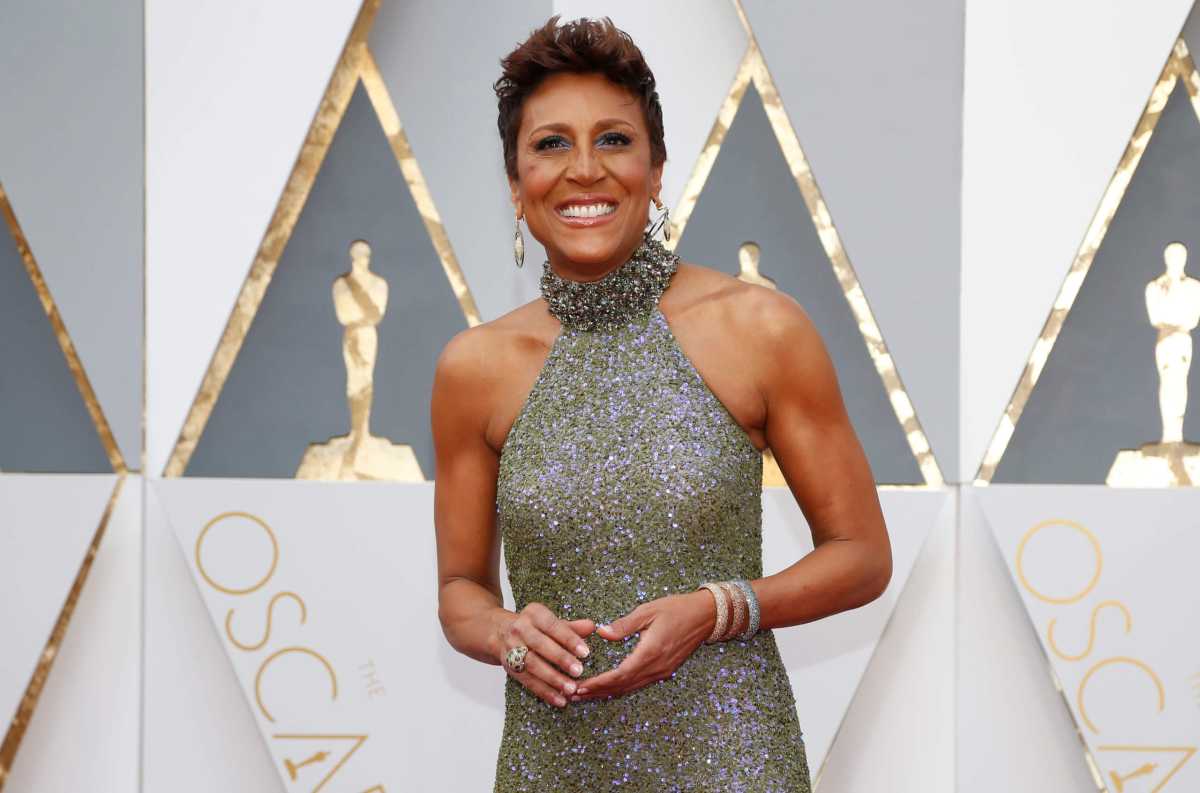The percentage of LGBTQ people on TV last year outnumbered the estimated share of queer people in the US population, though other diversity benchmarks — including race and gender — did not necessarily reflect the makeup of American society, according to Nielsen’s 2019 inclusion report.
The report examined only the demographics of the individuals appearing on screen and did not measure the sexual orientation or gender identity of the characters they portrayed — as some other reports do — and while LGBTQ individuals enjoyed higher visibility on American screens, women and people of color were underrepresented. There were significant variations within the intersections of gender, race, age, and LGBTQ identity depending on viewing platforms, genres, and other factors.
Nielsen’s report follows an analysis published by GLAAD earlier this year that found racial and gender diversity among LGBTQ characters in Hollywood regressed in 2019.
Queer representation was especially robust in the top 300 programs across broadcast, cable, and subscription video on demand (SVOD), which encompasses streaming services requiring a monthly subscription. Twenty-six percent of those top 300 programs featured cast members self-identifying as LGBTQ. Queer representation was greatest on SVOD, followed in order by cable and broadcast, suggesting that LGBTQ folks fared best when programs were narrowcasting in the audience they were targeting.
Some differences were also seen across genres. Representation for queer women was best in the area of reality programming, news, and comedy, while LGBTQ men were most visible in horror, science fiction, and comedy programs.
In terms of LGBTQ-themed stories and content, Black women were 14 times less represented than Black men.
Much of the report’s numbers pertaining to the queer community were broad, often pointing only to the LGBTQ community in general. There were no statistics pertaining specifically to transgender individuals, but there were some numbers on non-binary folks, who consisted of 0.20 percent of those represented on TV across platforms. Among the top 300 programs, in contrast, non-binary individuals were represented in 2.3 percent across broadcast, cable, and SVOD.
Looking at all programming, non-binary individuals were seen the most on SVOD programs, representing 0.64 percent compared to 0.11 percent on broadcast and 0.02 percent on cable.
Women’s visibility consistently lagged behind men’s on TV in 2019, despite representing more than half of the population. Women made up 38 percent of screen time overall, though they were best represented on SVOD, coming in at 49 percent, while just 33 percent of folks on broadcast TV were women.
The numbers for women were scattered on the basis of race, with Black women being overrepresented on SVOD but significantly underrepresented on cable and slightly underrepresented on broadcast. Women who are Asian and Pacific Islander were underrepresented on all platforms.
Women over 50 faced big barriers, as well: Those women made up less than eight percent of the share of screen time even though women in this age demographic make up 20 percent of TV viewers and 20 percent of the population.
Latinx individuals were underrepresented across the board. While those individuals represent nearly 19 percent of the US population, they made up just 5.5 percent of the people on TV. Hispanic individuals were most visible on SVOD, representing 10.1 percent, and that visibility was particularly welcomed by younger viewers. Among the top 15 programs on SVOD among Latinx folks between the ages of 18 and 34, 40 percent had fair or strong Latinx representation, while only 13 percent of the top programs among Latinx individuals 35 or older had fair or strong representation.
Visibility for Black individuals on broadcast (24.7 percent) and streaming (19 percent) platforms was higher than their share of the population, but those numbers fell short on cable, where just seven percent of those on screens were Black. Wide differences were seen when considering news and weather programs, where Black men made up 15 percent of the screen time while Black women represented just 0.12 percent.
The proportion of Afro-Latinx folks on TV, meanwhile, tended to be aligned with the share of Afro-Latinx individuals in the US population.
Asian folks were best represented on broadcast, with Asian Pacific Islanders leading the way among Asian individuals in that category, making up 11.7 percent of the screen time. Visibility for Asian individuals on cable and SVOD, however, fell well short of that level.
Native American women were sorely lacking on TV last year, when they represented less than a quarter of their share of the US population.
Read Nielsen’s report at nielsen.com/inclusionanalytics.
To sign up for the Gay City News email newsletter, visit gaycitynews.com/newsletter.



































